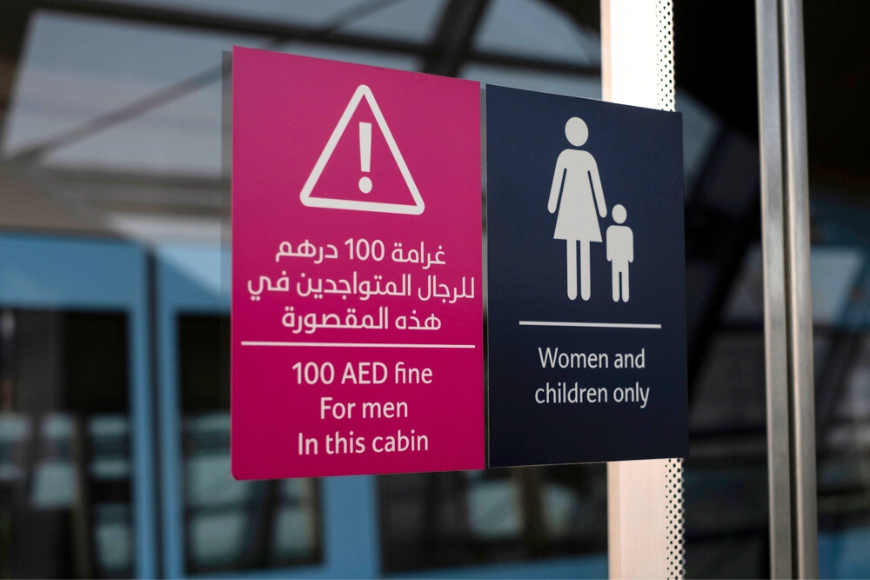12 May 2015
| Last updated on 4 April 2017
How to Put Someone in the Recovery Position
If an individual is unconscious but breathing, and has no other life-threatening conditions, they should be placed in the recovery position. Here's how!
By putting someone safely into the recovery position, you will ensure that their airway is open, and clear from any blockage. It also makes sure that any vomit or fluid they may produce will not cause them to choke while unconscious.
The steps to putting someone into the recovery position are simple, straightforward and once mastered, could ensure you help a life one day if ever you have to.
To place someone in the recovery position:
- First, check to see if there is any danger around the area - something may have caused the person to be unconscious in the first place!
- If it is safe to do so, kneel on the floor at one side of the person
- Place the arm nearest you at a right angle to their body, with their hand upwards towards the head
- Tuck their other hand under the side of their head, so that the back of their hand is touching their cheek
- Bend the knee farthest from you to a right angle
- Roll the person onto their side carefully by pulling on the bent knee
- The top arm should be supporting the head, and the bottom arm will stop you rolling them too far
- Open their airway by gently tilting their head back and lifting their chin, and check that nothing is blocking their airway
- Stay with the person and monitor their breathing and pulse continuously until help arrives
- If their injuries allow you to, turn the person onto their other side after 30 minutes
You might also be interested in:
- Prevent scalds and burns with a 'no-kids zone', here's how
- Have you ever considered the effects of pets on your health?
- Prevent choking with this useful advice
Here's a helpful video demonstrating how to put someone in the recovery position:
Spinal Injuries
If you think a person may possibly have a spinal injury, do not attempt to move them until the emergency services reach you, unless their airway is obstructed. In this case, if it is necessary to open their airway, place your hands gently on either side of their face and with car, lift their jaw with your fingertips to open the airway. Take care not to move their neck.
Signals to suspect a spinal injury are as follows, if the person:
- Has a head injury, especially ones with large blows to the back of their head, or is and has been unconscious
- Complains of severe pain in their neck or back
- Won't move their nack
- Feels weak, numb, paralysed
- Has lost control of their limbs, bladder or bowels
- Has a twisted neck or back
*Please note, the information listed here should prove as a refresh to your memory of those who have already attended an accredited first aid course. This information should not replace the need to attend an accredited first aid course.




.png?itok=HBSyMDok)









































































.png)





























.png?itok=0fOAXkOm)

























.png?itok=EH_x0Pha)
